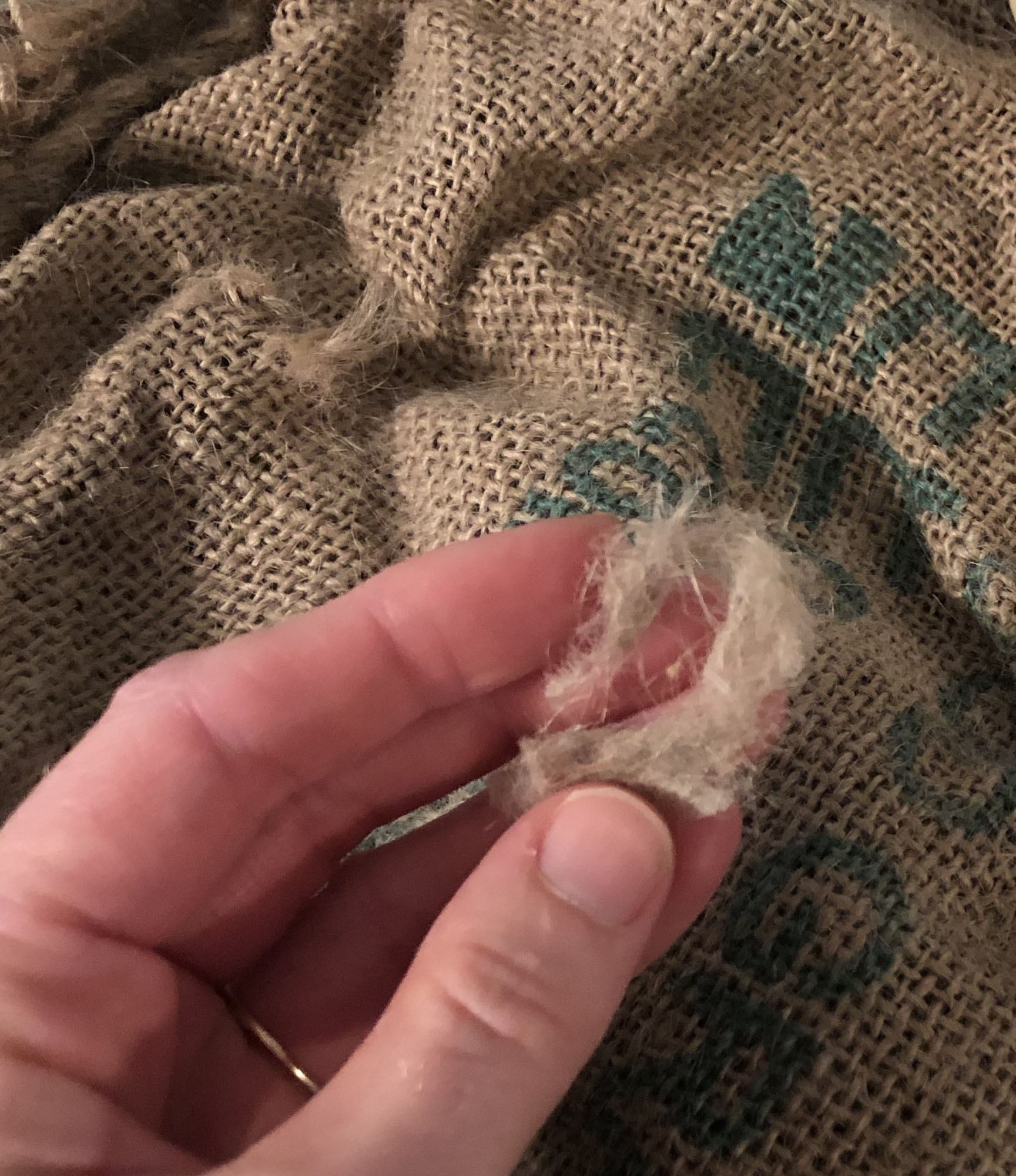DIY Diffusion Panels & Bass Traps - Coffee Bean Burlap: Voiceover Audiobooth Construction -Part 5
If you want to make wooden framed diffusion panels and bass traps, you can find several good blogs on this. Including this one from the VO Tech Guru Tim Tippets. Remember that name. He’s an amazing resource for VO technology and offers some awesome courses.
https://youtu.be/GBHYiWIJhUA
Here’s a couple other DIY videos:
Personally, I wanted to come up with a lighter approach that required less tools and carpentry skills. I’m quite happy with my coffee bean burlap diffusion panels and bass traps for my studio(not my voiceover booth). They have a certain aesthetic appeal.
Pros:
Effective, lightweight, easy to hang and inexpensive. You can find pretty cool looking coffee bean burlap bags by visiting local coffee bean roasters. Tell them what you are doing and ask them to set aside the really cool looking bags for you. They’ll tell you the day of the week the old bags go in the garbage or recycling. Visit them the day before and select the bags that fit your needs. Select those with a clean cut along the top that will be easy to sew shut.
Cons:
They continue to shed fabric particles when bumped. Therefore I do not recommend these for the interior of an audiobooth. March 2020 Update: I moved my coffe bean burlap diffusion panels out of my booth and hung them on the wall in my studio. They would also work well in a basement jam room. Unfortunately, the bags don’t smell like roasted coffee beans since they were used to transport the beans before the roasting process. No matter what, they will retain the smell of burlap - an unrefined fabric. You can launder the bags before use but I didn’t find that it helped much. They sat on the ground where the beans were grown, in the back of a truck, and on the floor of the roasting facility. You don’t want to be breathing in the dirt and lose burlap fibers as they float around in your booth.
Risk Warning:
You can not fully control and remove all of the fibres. There is always the risk that fibres of burlap or insulation will free themselves and float around your room. Be careful when making the panels and traps, or purchase new burlap or acoustical fabric.
While this is a how to series of sorts, I am not responsible for any injury, destruction, or loss of any kind including monetary that you may incur while attempting anything inspired by what you see here. By continuing to read this vlog and watch the associated videos you assume all responsibilities for your decisions and actions. I am not an audio engineer, nor a carpenter. Hopefully you can learn from my research and mistakes. When my design is inspired by someone else’s design it will be noted in the description.
Tools & equipment:
Bread cutter or box cutter
Breathing mask
Safety goggles
Rubber gloves
A large long sewing needle
Insulation is itchy!
Materials you’ll need per panel:
One coffee bean burlap bag
A spool of burlap twine
Furniture batting 1.5 feet by 5 feet. (Alternately moving blanket material could be used.)
This is to ensure that the insulation fibers don’t escape the burlap bag. You don’t want to be breathing insulation into your lungs. Coffee bean bags vary in size to verify size needed for the bags you found.
For diffusion panels: 1 piece of 1.5’ x 2.5’ Roxul Comfortboard 80
For bass traps: 2 pieces of 1.5’ x 2.5’ Roxul Safe n’ Sound and one piece of 1.25’ x 2.25’ Roxul Comfortboard 80
Tip: After building your booth, use the insulation scraps for your diffusion panels and bass traps.
How to make them:
Shake any left-over beans into the trash and launder the burlap bags. After laundering the bags, put them in the dryer on low heat, emptying the lint filter often. They don’t need to be fully dry before you take them out and hang them, as this may help flatten them and keep them from looking wrinkled.
See all those burlap strands? Aren’t you glad you didn’t skip this step?
Use a lint roller to remove loose fibers.
For diffusion panels, wrap the comfortboard with the furniture batting or moving blanket material. Sewing the edges will help ensure insulation fibres don’t escape and enter your booth.
I had a bunch of Safe n’ Sound left over from my booth construction so I used it to make several diffusion panels. They are effective but take up more space and are less rigid than those made of Comfortboard. Every inch of space is important in a small booth. I prefer the more rigid Comfortboard for diffusion panels, but honestly once they are hung on the wall it doesn’t make too much difference.
For bass traps, wrap the two layers of Roxul Safe n’ Sound with the furniture batting or moving blanket material. Once again sewing the edges is recommended, but leave the top unsewn until later in the process.
Place the insulation covered in batting into the burlap bag.
For bass traps, put the comfortboard in between the layers of Roxul Safe n’ Sound. Then, sew the top of the batting.
Sew the burlap bag using the long needle and burlap twine.
The burlap bag can be screwed directly into the wall, or hanging hardware can be sewn into the bag.









